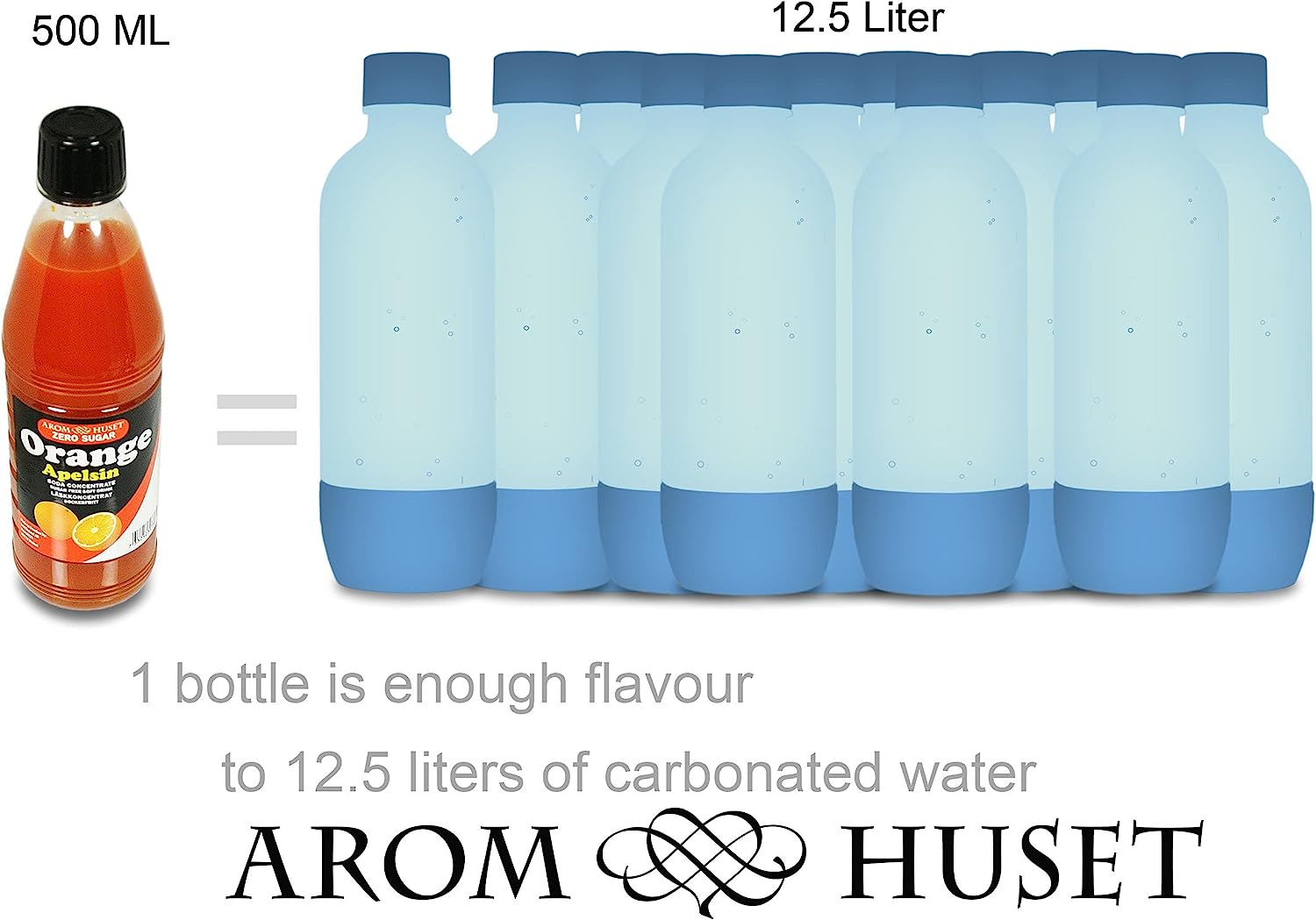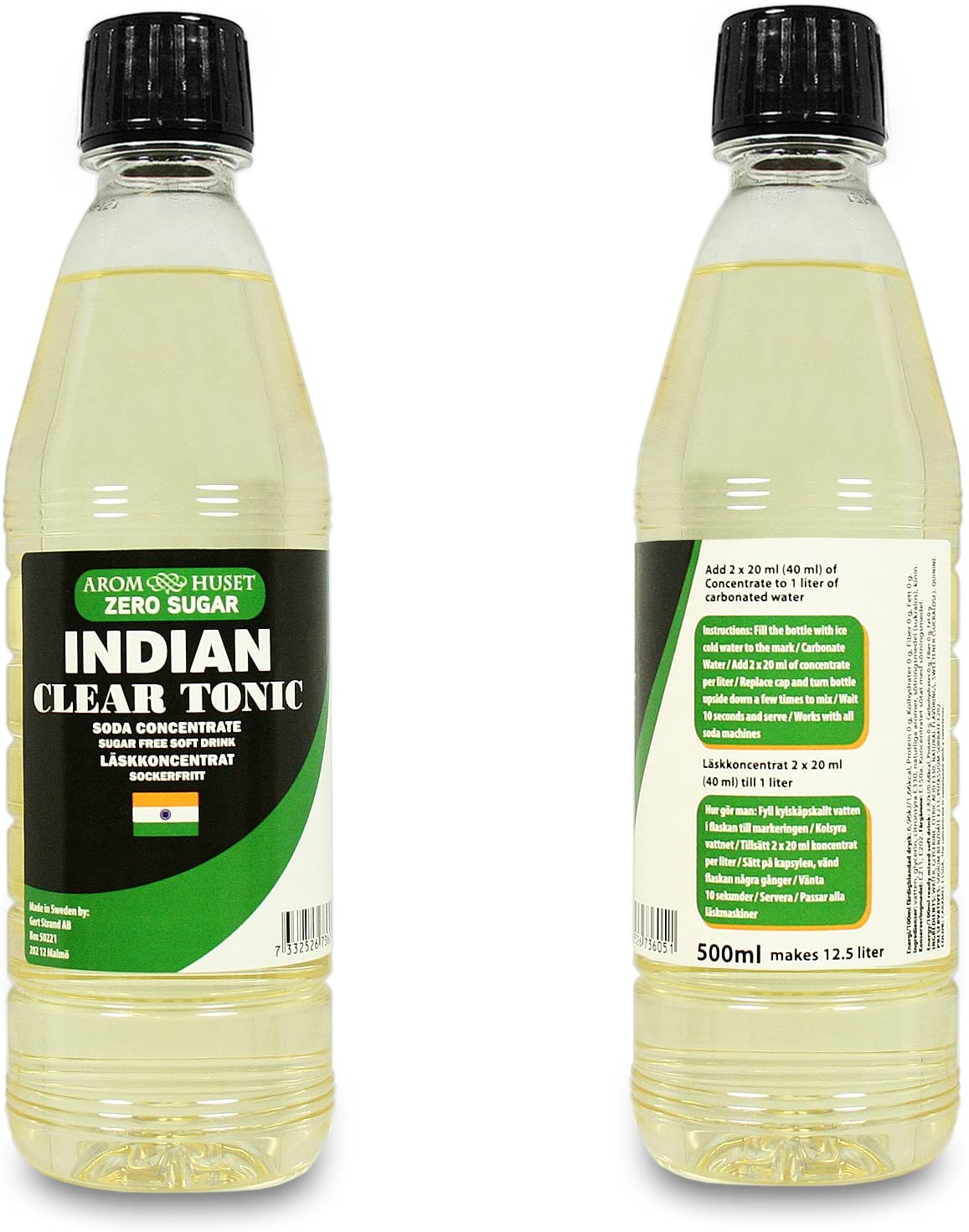The market is exploding EU and UK sales of Non-Alcoholic Vodka: A Deep Dive
In recent years, both the European Union (EU) and the United Kingdom (UK) have seen a dramatic increase in the market for non-alcoholic vodka. This trend is changing the industry of drinks as many consumers are turning to alcohol-free alternatives while still maintaining the spirit of their favourite spirits. In this detailed exploration we’ll dive into the realm of alcohol-free vodka and discover the reasons behind the reasons it’s growing in popularity.
What is exactly Non-Alcoholic VODDKA?
Non-alcoholic vodka is often called “alcohol-free vodka” or “spirit alternative,” is a beverage made to imitate the taste and aroma of traditional vodka without alcohol content. It’s produced using a mix of botanicals, herbs, or other flavoring substances that like the traditional characteristics of vodka. The result is something that is akin to the traditional vodka experience, but without the intoxicating effects.
The Attraction of Non-Alcoholic Vodka
The growing demand for non-alcoholic vodka can be attributed to many factors. One of them is the health and lifestyle trends that have been sweeping through the EU and UK have led consumers to be more aware when it comes to their beverages. Non-alcoholic vodka aligns perfectly with these changes, allowing people to relish the flavours of vodka without the negative health implications that come with alcohol consumption.
In addition, the younger generations of the younger generation, such as Millennials and Generation Z, are driving this shift. These generations are cautious about their health and have begun to opt to drink-free options. As a result, non-alcoholic vodka is now the preferred option for an increasing segment of the populace.
Recent market reports support this trend, showing an increase in selling of alcohol-free spirits, such as vodka alternatives. Consumers are actively searching for these drinks, both in shops and online, when they are looking for satisfying alternatives to traditional alcoholic beverages.
When we get to the end of our exploration further, we’ll explore those factors that drive the rise of non-alcoholic alcohol-free vodkas in the EU as well as the UK. In the following section, we’ll uncover the pivotal contribution of health and wellness trends in the increasing popularity of this unique spirit substitute.
The Appeal of Non-Alcoholic Vodka
The appeal of non-alcoholic vodka comes in many forms and is a hit with customers who are now more health-conscious and mindful of their drinking consumption habits. Let’s glance at why this movement is catching on.
New Health and Wellness trends
The health and wellness movement is gaining momentum in recent time. People are becoming more aware about the consequences of their choices in the way they eat in addition to the drinks they drink. This awareness has led to significant changes in taste with people seeking alternatives that let them enjoy the flavors they love without compromising their overall health.
Non-alcoholic vodka is perfectly in line with the health-focused mindset. It’s a perfect choice for those who want to indulge in the delicious taste of vodka cocktails without suffering the negative side effects of alcohol. This trend reaches an array of customers such as fitness enthusiasts seeking to stay active or simply take healthier choices.
Statistics and Data
Recent market research and surveys across surveys and market studies in EU and UK have revealed the growing desire for alcohol-free spirits. People are not just attracted to these drinks but are actively working to incorporate them into their lifestyles. Statistics reveal a steady increase in the consumption and sales of spirits that are not alcoholic, as well as other alternatives.
In the next part we’ll examine how shifting customer preferences, particularly for younger generations, have contributed to the growth of non-alcoholic alcohol in the market.
Non-Alcoholic Vodka, a Game-changer for consumers who are concerned about their health.
In the previous article, we delved into an area of non-alcoholic spirits, learning what it is and why it’s becoming extremely popular in both the European Union (EU) and the United Kingdom (UK). As we continue our exploration of this intriguing trend we’ll now shift our focus to the factors driving the rise of non-alcoholic vodkas throughout these countries. Particularly, we’ll investigate how important health and wellness trends in the growing popularity of the distinctive spirit.
The Health and Wellness Revolution
The increasing popularity of non-alcoholic alcohol in vodka throughout the EU and UK is largely due to the health and wellness revolution that’s taking over the beverage industry. Consumers, especially Millennials and Generation Z, are increasingly health-conscious and are making more conscious choices regarding their drinks.
A Healthy Alternative
Non-alcoholic alcohol vodka is a fantastic option for those looking to enjoy the tastes of vodka but without the adverse physical and mental health consequences that are associated with drinking alcohol. This is in sync with more general trends in health and wellbeing in which people are looking for alternatives that let them enjoy their drinks without compromising their overall health.
Health-conscious and active lifestyles
For those who exercise and are committed to living an active lifestyle Non-alcoholic vodka can be a game changer. It caters to the need for a drink to complement their fitness-oriented routines. It doesn’t matter if it’s for a post-workout gathering or a refreshing drink during a wellness event, non-alcoholic vodka is the best choice.
Wellness-Driven Consumers
Health-conscious consumers are actively incorporating non-alcoholic vodka into their diets. The majority of them consider it to be positive and beneficial choice that helps their overall health and helps to achieve the goals of their wellness. Because alcohol isn’t present, it makes it a healthier and more appealing option for those who wish to enjoy the experience of drinking vodka-infused cocktails.
Market Statistics Reconfirm the Trend
Market data from those countries of the EU and UK shows the increase in demand for non-alcoholic spirits, which includes vodka substitutes. Statistics show an enduring rise in sales as well as consumption of these products. This data substantiates the notion that health and wellness are the main driving factors behind the increasing popularity of non-alcoholic alcohol.
In the next section, we’ll explore the shifting preferences of customers particularly those of younger age and how these choices have contributed to changes in the market. Understanding the shifts in these preferences is crucial to fully comprehending the bigger implications of this change.
The Changing Landscape of Consumer Preferences
In the last few times, there has been a noticeable shift in consumer preferences, notably among younger generations. Millennials or Generation Z are at the forefront of this transition that is changing what it means to drink.
Mindful Consumption
Younger consumers are much more conscious of alcohol consumption. Many have experienced the consequences of drinking too much among their older counterparts and are determined to avoid similar problems. This is why they’re searching for alcohol-free alternatives that let them enjoy parties without the negative effects of drinking alcohol.
The Experience Economy
Another significant shift is the development of the “experience culture.” Younger generations prioritize experiences over possessions. For them, going out for a night of fun does not necessarily involve alcohol. They are instead looking for unique experiences. Non-alcoholic vodka can be a great fit into this narrative.
A. The Rise of Mocktails
Mocktails, also referred to as non-alcoholic drinks, have gained immense popularity among young consumers. These sophisticated and alcohol-free beverages are not just a substitute for traditional cocktails. They are considered to be a distinct and pleasant experience in their very own distinct way.
What’s Next?
As we’ve observed recent trends in health and wellness and changing consumer preferences have led to the growth of non-alcoholic vodkas across the EU as well as the UK. In the next article we’ll discuss the economic implications of this trend, in particular, its impact on beverage industry and its potential for growth and innovation.
Direct Supplier Excellence: Order Alcohol-Free Spirits in Volume from Swedish Distillers!
The Economic Effects of Non-Alcoholic Vodka An Increasing Market
In our trek through the world of non-alcoholic vodka, we’ve explored the origins of this fascinating trend, and also discovered the significance of health and well-being in its rise in markets like the EU as well as UK markets. This is the third installment in our series we will explore the economic implications of the non-alcoholic vodka phenomenon.
Un Market in the Rise
The market for non-alcoholic vodka that exists in both the EU and UK is far from being just a niche phenomenon. It’s a market that’s growing that has attracted the attention of all stakeholders, including consumers. Let’s take another look at how this segment impacts the economy.
Surging Sales
Sales of non-alcoholic vodka products have been steadily increasing, indicating a robust and expanding market. This isn’t a brief trend, it’s a long-lasting consumption pattern that reflects consumer’s shift in preferences. The economic impact of this increase is considerable, contributing to the overall revenue from the spirit industry.
A burgeoning consumer base
Non-alcoholic vodka is expanding the consumer base for spirits. It is appealing to not just those who would prefer to stay away from alcohol, but also people who prefer a broad selection of options. The expansion of the customer base can result in an increase in market size and, in turn positively impacting the economy.
Investment and Innovation
The increasing popularity of non-alcoholic vodka is causing firms to fund research and development. They’re constantly striving to create novel items that cater to taste preferences of the consumers. Innovation is an investment that not just boosts the quality of product, but also promotes economic growth within the beverage industry.
Employment Opportunities
As the market grows is the demand for skilled workers in various segments of the industry. From distribution and production to marketing and sales the growing popularity of non-alcoholic vodka has created employment opportunities and also contributes to job growth.
Sustainability Considerations
Non-alcoholic production of vodka typically has less carbon footprint when compared to traditional production of vodka, which requires fermentation and distillation. This aligns with the growing demand for sustainability of the environment which makes non-alcoholic spirits an appealing choice for environmentally conscious consumers.
What’s next
As we’ve seen, the economic impact of non-alcoholic vodka in the EU and UK is huge and complex. The market is growing, sales are surging and the trend is creating job opportunities as well as aligning with the sustainability goals. In the next part we’ll take a look at how the non-alcoholic spirit trend is generating innovation, as well as what customers can anticipate in terms both of product variety and quality.
Technologies for innovation in Non-Alcoholic Vodka: What’s on the Horizon
In our examination of the non-alcoholic vodka market we’ve delved into its historical roots as well as examined the impact of health and wellness trends while analyzing its economic implications. In the final part of our series we venture into the world of innovation and explore what will be the future for this exciting market segment in the industry of beverages.
Creatively conceiving innovative solutions
One of the most striking aspects of the non-alcoholic spirit trend is the continuous pursuit of creating innovative alternatives to traditional alcohol-based spirits. Here, we delve into the world of innovation that’s reshaping the non-alcoholic vodka landscape.
Advanced Distillation Techniques
Master distillers are experimenting with advanced distillation techniques which permit them to create alcohol-free spirits with complex flavors and aromas. These methods involve the removal of alcohol while preserving the essence of the botanicals and grain utilized in traditional vodka production.
Flavor Diversity
Non-alcoholic vodka doesn’t have to be restricted to merely mimicking the flavor traditionally flavored vodka. It’s now a whole category of its own, featuring flavors that go beyond the standard vodka profile. Expect a variety of choices, ranging from fruity infusions to herbal blends.
Transparency and authenticity
The public is increasingly looking for transparency and authenticity when it comes to their beverage choices. Innovations in the non-alcoholic vodka market are responding with complete information on the source methods, production methods, as well as ingredients to ensure that consumers know the exact contents of their drinks.
Sustainable Practices
The eco-conscious trend has made its way into the spirit industry, including non-alcoholic vodka brands that are leading the way. Environmental practices, such that choosing organic ingredients and utilizing eco-friendly packaging are becoming the norm in this sector.
The ability to meet consumer demand
Innovation in the market for non-alcoholic vodka isn’t exclusively driven by the need for the latest and greatest. It’s heavily rooted in satisfying the demands of a growing population who seek better choices for their health, flavor preferences, and ethical values.
Health and Wellness
Consumers are increasingly health-conscious, and this is reflected in their beverages. Non-alcoholic vodka with its lower calories count and the absence of alcohol, aligns perfectly with the health and wellness movement.
Lifestyle Choices
Since more and more people prefer being sober or living a low-alcohol life and drink, non-alcoholic vodka is an appealing choice. Whether it’s for designated drivers and pregnant women or those who want to have an evening out without high, non-alcoholic vodka appeals to all kinds of lifestyles.
Social Responsibility
Responsible consumption of alcohol is an increasing issue throughout the world. Non-alcoholic vodka is a tangible symbol of social responsibility offering a different option that allows people to take part in social gatherings and not suffer from the negative consequences of alcohol.
What Lies Beyond
In the following section of our series, we’ll be looking at the impact of non-alcoholic alcohol on consumer choices and the entire beverage industry as a overall. We’ll delve deeper into the consumer’s changing preferences and how they’re influencing the market.
“The future of Non-Alcoholic Spirits: A Five-Part Journey
In this five-part program, we’ve set out on a journey through the world of non-alcoholic liquors, with the focus with a focus on the fascinating world of non-alcoholic vodka. From its earliest beginnings to the revolutionary future that lies ahead it has been a fascinating look at different aspects of this exciting business. As we wrap up this series for the year, let’s pause to reminisce about our journey and consider the future of non-alcoholic spirits.
Part 1: Glimmer into the Past
In the very first installment of the series we dug into the background of non-alcoholic spirits and their ancient roots. We realized that the concept using alcohol-free alternative to the traditional spirit is not quite as revolutionary as it might appear. If it was used for medicinal purposes or as an alternative to alcohol the non-alcoholic spirit has been a part of human culture for a long time.
Part 2 Part 2: Trends in Health and Wellness
In the 2nd installment we looked at how health and wellness trends have changed the industry of drinks, such as the rising popularity of vodka that is not alcoholic. We also explored the shifting perceptions towards alcohol, a desire for healthier alternatives and the impact these trends are having on consumer choices.
Part 3 Affects on the Economy
The journey continued with an in-depth review of the economic impact of the non-alcoholic spirits market. We explored the reasons behind its growth, such as the expanding consumer base and the inflow of money into this sector. Also, we considered the possible difficulties and opportunities ahead.
Part 4: Innovative Concepts in Non-Alcoholic Vodka
The fourth part of our series was a look at the area of innovation in non-alcoholic vodka production. We explored advanced distillation techniques and the variety of flavor transparent production and sustainability practices changing the direction of this business.
Fifth Part: What Lies Beyond
In this final chapter, we will look into the future of non-alcoholic spirits. As the market continues its evolution numerous key patterns and developments will continue to impact its future.
Changes in Consumer Preferences
The consumers are becoming more discriminating as well as health-conscious. The market for spirits without alcohol that meet these standards is expected to rise. It is expected to offer a wider spectrum of flavors as well as profiles catering to diverse tastes.
Environmental and ethical issues
Ethical and sustainable sourcing as well as environmental sustainability are no longer options in the beverage industry. Spirit brands that do not contain alcohol and embrace these values are most likely to succeed, and the public will be more inclined to purchase products that prioritize these values.
Expanding Market Reach
The market for non-alcoholic spirits will continue to grow beyond narrow audiences. As more consumers seek alternatives to traditional alcoholic drinks for a variety of reasons, the market will grow to accommodate greater numbers of consumers.
An Ongoing Journey
Our exploration of non-alcoholic spirits is only a glimpse into an industry which is rapidly developing. As we say goodbye to this particular series, it’s clear that the journey is far from over. In the near future, non-alcoholic drinks is filled with amazing possibilities, and we’ll keep exploring these possibilities.
Conclusion
This is the case for non-alcoholic spirits. spirit, especially non-alcoholic vodkas, is experiencing the emergence of a new era driven by shifting customer preferences, a new approach as well as ethical considerations. As we come to the end of this five-part series, we’re reminded that the journey continues and the next chapter is brimming with potential. No matter if you’re a skeptic or an enthusiastic advocate for the industry remain tuned for the exciting future developments on the horizon of spirits that are non-alcoholic.







